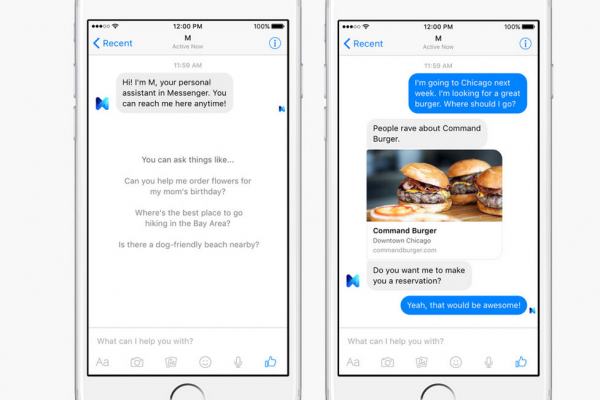The Simple Guide To: Boosting Your App Downloads

The Simple Guide To: Boosting Your App Downloads
With over 1.2 million apps on Apple’s Appstore and over a million ones on Google’s PlayStore, launching your app can be a bit of a challenge. Here is a step-by-step guide that will help you boost your app download.
Step 1: Research. Research. Research.
In order to establish an acquisition strategy across multiple markets, you will need to look at the categories of the AppStore and PlayStore and pinpoint the ones in which your app could belong. There is plenty of data online that will allow you to compare how each category performs, and what kind of user they attract. Some of the best website to obtain app stores analytics include App Annie, Applyzer, AppFigures and Distimo.
Step2: Clearly define the audience that your app will interest
Think about age, gender, nationality, region, CSP (Community Social Profile), interests, and ambitions. Once again, there is so much data out there, make sure you make your homework and understand those that your app will directly concern. You can find out more about how to understand your audience by generation here and find relevant demographics here.
Step 3: Fix the right objectives and KPIs (Key Performance Indicators)
Fix yourself an objective in relation to your application’s purpose. What do you want to achieve? A majority of active users, a large volume of downloads, or a high number of account creation? You need to optimise your objectives and find the right balance between download profitability, download volume, and user’s engagement. It is also important to fix the right KPIs for your chosen objectives as you cannot improve what you cannot measure. Here are 9 KPIs for you to know.
Step 4: Choose a relevant content for your mobile advertising
Think about both the format and the content you want to use. For example if your app is supporting an existing product brand, you might want to choose your brand’s colours, and use a format that activates the advert only when users get closer to your brand’s stores. However if you are flying solo with a new concept in the app world, you might want to choose a clear and upfront advertising strategy so that users don’t get too confused with what your app is. Trial a few A/B tests in order to ensure your ad is at its optimum performance. You can find some interesting A/B tests here.
Step 5: Optimise your advert
Your optimisation strategy is probably the most important thing to consider once your campaign goes live. From the first observed results, you will be able to gather initial learnings about your campaign. Using analytics, you will be able to define which frequency of optimisation you will need, and most important on which sites and apps your campaign performs best. If your activity is running on a few different creatives, you can use your learnings to maximise the diffusion of those that work best.
Once your campaign is over, collect all the data you have accumulated during the campaign, and compare it to your initial target, objectives and KPIs. This will enable you to turn your findings into your best practices, and therefore to make your future campaigns even more performant and cost efficient.



